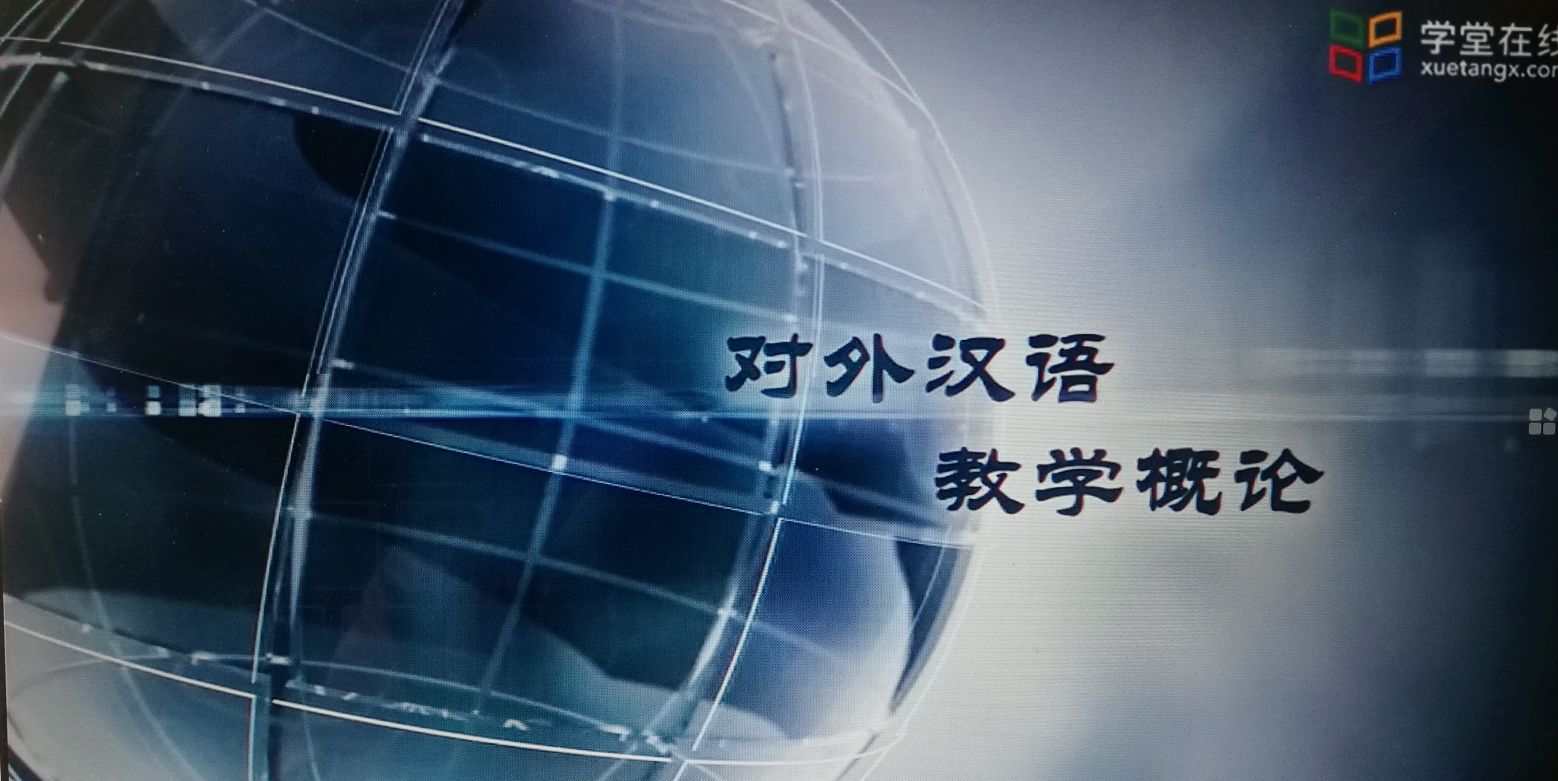
当前课程知识点:Innovation and Creative Thinking (创新与创意思维) > 13. Case Study (Selective)个案研究(选学) > Case Study: Keep-fit formula for Children (学童Keep-Fit方程式) > Assessment: Challenge Based Learning
返回《Innovation and Creative Thinking (创新与创意思维)》慕课在线视频课程列表
Assessment: Challenge Based Learning
Thomas Wong
评估:挑战为本的学习
汪国成
Now it comes to the very important part of the course, Assessment.
现在我们来到这门课非常重要的部分——评估。
Assessment in this course means both assessment for learning and assessment of learning. Assessment for learning aims to identify learning opportunities for you. Assessment of learning attempts to find out the outcome of your learning.
这门课程中,评估有两方面的内涵,即学习中的评估和学习的评估。学习中评估的目的在于帮助你识别出学习的机会。而学习的评估,是为了找出学习的效果如何。
To accomplish assessment for learning, you will submit a regular report based on the following checkpoints. One, what part of the process are you working on this week? Two, what new knowledge or skills have you acquired this week? Three, what has been your biggest success this week? Four, what has been your biggest challenge this week? Five, how is your group doing as a team? Six, what are your top priorities for next week? The checkpoints is the integral part of learning.
为完成学习中的评估,你将要基于以下六个检查点定期上交报告。它们分别是:1、你们这周的工作进展到哪一步?2、你们这周学到了什么新的知识或技能?3、你们这周最大的成功是什么?4、你们这周最大的挑战是什么?5、你们小组团队合作的情况如何?6、你们下周优先考虑做什么?检查点是挑战为本学习的组成部分。
Challenge Based Learning is a unique feature of this course. It is also useful for assessment of your learning.
以挑战为本的学习是这门课的特色,它对你学习的评估也会很有帮助。
Challenge Based Learning mirrors the workplace in the 21st century. You will work in collaborative groups and use technology to tackle real-world issues.
以挑战为本的学习反映了在21世纪的工作环境,你将以小组合作的方式工作,并使用科技来解决现实的问题。
(暂停5 秒钟)
The Challenge Based Learning framework consists of six stages. First, Big idea. Second, Essential Question. Third, the Challenge. Fourth, the Solution. Fifth, Implementation and Evaluation. Six, Publishing .
以挑战为本的学习框架包括6个阶段。第一阶段,大的概念。第二阶段,核心问题。第三阶段,挑战。第四阶段,解决方案。第五阶段,实施和评价。第六阶段,发布。
What is a big idea? A big idea is an idea that’s important on a global scale. It is multidisciplinary in nature.
大的概念是什么呢?大的概念是一个从全球范围来讲很重要的想法,而且从本质上涉及到多个学科。
With the big idea, we ask questions. The question should be answerable through research. The question helps you focus your learning efforts, and provide a framework for the challenge.
有了大的概念后,我们会提出问题。这些问题应当是通过研究可以回答的。这些问题能够帮助你将学习精力集中,而且为下一步的挑战提供框架。
The challenge turns the essential question into a call for action. Challenges should be interesting and of global significance. Challenge is real and meaningful to you. Challenge is difficult but with multiple possibilities for solutions. Challenge is confidence building for you.
这一挑战将核心问题转化为行动呼吁。挑战应当是有趣的,而且有全球意义。挑战对你是真实而且有意义的。挑战是困难的,但会有多种潜在的解决方案。挑战能促使你建立自信。
With the challenge, we will generate questions and activities. The questions would help you identify the knowledge that you will need to develop a solution to the challenge, and would also help to guide your learning to ensure the validity of the solutions. With the questions, we answer them through engaging in guiding activities including simulations, research, games and surveys. Ultimately, it would help us develop an innovative solution.
确认挑战后,接着是提出问题和活动。你们通过问题来明确需要学习的知识,它是你们应对挑战并发展出解决方案所必须,亦会协助指导你们的学习,保证你们方案的正确性。问题提出后,接着是回答。这便需要采取一些指导性的活动,包括模拟、研究、游戏和调查。最后,它才能帮助我们发展出有创新性的解决方案。
Following that, we need resources. We identify guiding resources that connect questions with activities. This may include podcasts, websites, videos, databases, and experts.
在此之后,我们还需要资源。我们要识别出能够将问题和活动联系起来的资源。这些资源可以包括播客、网站、视频、数据库和专家。
Then it comes to the solution. Now we have come up with a lot of solutions. Now you have to consider each of them. Make sure they are all fully investigated, documented, and ultimately we have to find a single solution. Now document the solution. List the action required and also identify the necessary resources. Finally, organize a work plan.
接下来,到了解决方案这一阶段。现在我们已经提出了很多的解决方案,你们要对每一个方案谨慎思考。确保它们被充分地调研、记录,从中找出最终的解决方案,并把它记录下来。最后,组织下一步的工作计划。
Having done the work plan, now we come to the stage of implementation and evaluation. You will implement the solution, measure the outcomes. At the same time, you must determine whether any progress was made. You will reflect on what worked and what didn’t, and share the work with others. Please remember keep everyone informed, provide the data samples as well as the data collection tools, so everybody is aware of the progress. Finally, use technology to its maximum capacity.
有了工作计划后,我们来到实施和评价阶段。你们要实施解决方案并评价它的效果。同时,你们必须判断出是否取得了任何进步。然后对已经做的和尚未做的工作进行反思,并且和其他人分享。这里你需要记住,让每个人都了解工作进度,并提供数据样本和收集数据的工具,这样每个人才能清楚意识到工作的进展。最后,使用科技发挥其最大的力量。
Lastly Publishing. Document your experience using video, audio, photography. Your product should include a description of the challenge, a brief description of the learning process, the solution and the results of implementation. Let me give you an example of the solution.
最后发布。使用视频、音频和摄影记录您的体验。 您的产品应包括对挑战的描述、对学习过程的简述、解决方案和实施的结果。接下来,我展示一个案例。
A group of students was given a big idea, smart phones. I’m sure you are very familiar with smart phones. The students identified the challenge being neck and shoulder pain developed from regular use of smart phones. Look at this picture. In 1916, we read newspapers with our heads down. A Hundred years later 2016, we also have our heads down, but this time we read our smart phones. So this posture gives rise to neck and shoulder pain. The students decided to investigate this problem, and they have found the following solution. Let’s look at this video.
一组学生被指定的大的概念是智能手机,我确定大家对智能手机都非常熟悉。这组学生从中识别的挑战是由于日常频繁使用手机所导致的肩颈痛。请看这张图片1916年,人们站在路边读报纸,一百年后,人们还是低着头,不过这次换成了看手机。也是因为这个姿势引发了肩颈痛。由此,学生决定研究肩颈痛的问题,并找到了接下来的解决方案,请观看视频。
Isn’t it creative? Neck and shoulder exercise is not only just creative, but also effective. Challenge Based Learning helps you stay hungry, stay foolish and think different. That’s exactly what Steve Jobs wanted you to be. Thank you and happy Challenge Based Learning!
它不是很有创意吗?脖子操不仅有创意而且很有效。以挑战为本的学习能够帮你们做到求知若饥、虚心若愚、慎独唯思,这也正是史蒂夫·乔布斯希望大家做到的。谢谢并希望你们愉快地投入到以挑战为本的学习!
返回《Innovation and Creative Thinking (创新与创意思维)》慕课在线视频列表
-Assessment: Challenge Based Learning
-Identifying Why People May Oppose Your Ideas(明确人们反对你想法的原因)
-The Process of Planning the Presentation (汇报的计划过程)
-Ways To Get Others To Feel Positive About Your Ideas(让他人对你的想法感到积极的方法)
-Solution identification and implementation
-Solution appraisal and evaluation (方案的评价和审核)
-Case study: Telehealth and telecare Initiative (远程医疗和远程照护的首创)
-Case study: Acu-magnetic therapeutic for knee osteoarthritis(磁疗护膝治疗膝骨关节炎)
-Measures of creativity and creative thinking
-Creative thinking in everyday life1
-Creative thinking in everyday life 2
-Case study: Making Crispy Vegetables(制作酥脆蔬菜)
-Tutorial: How To Sell Your Ideas To Others(如何向他人推销你的想法)
-Case Study: Heart Rate Variability (心率变异性)
-Case Study: sleep apnoea(睡眠呼吸暂停)
-Case study: sleep apnoea (continued)

